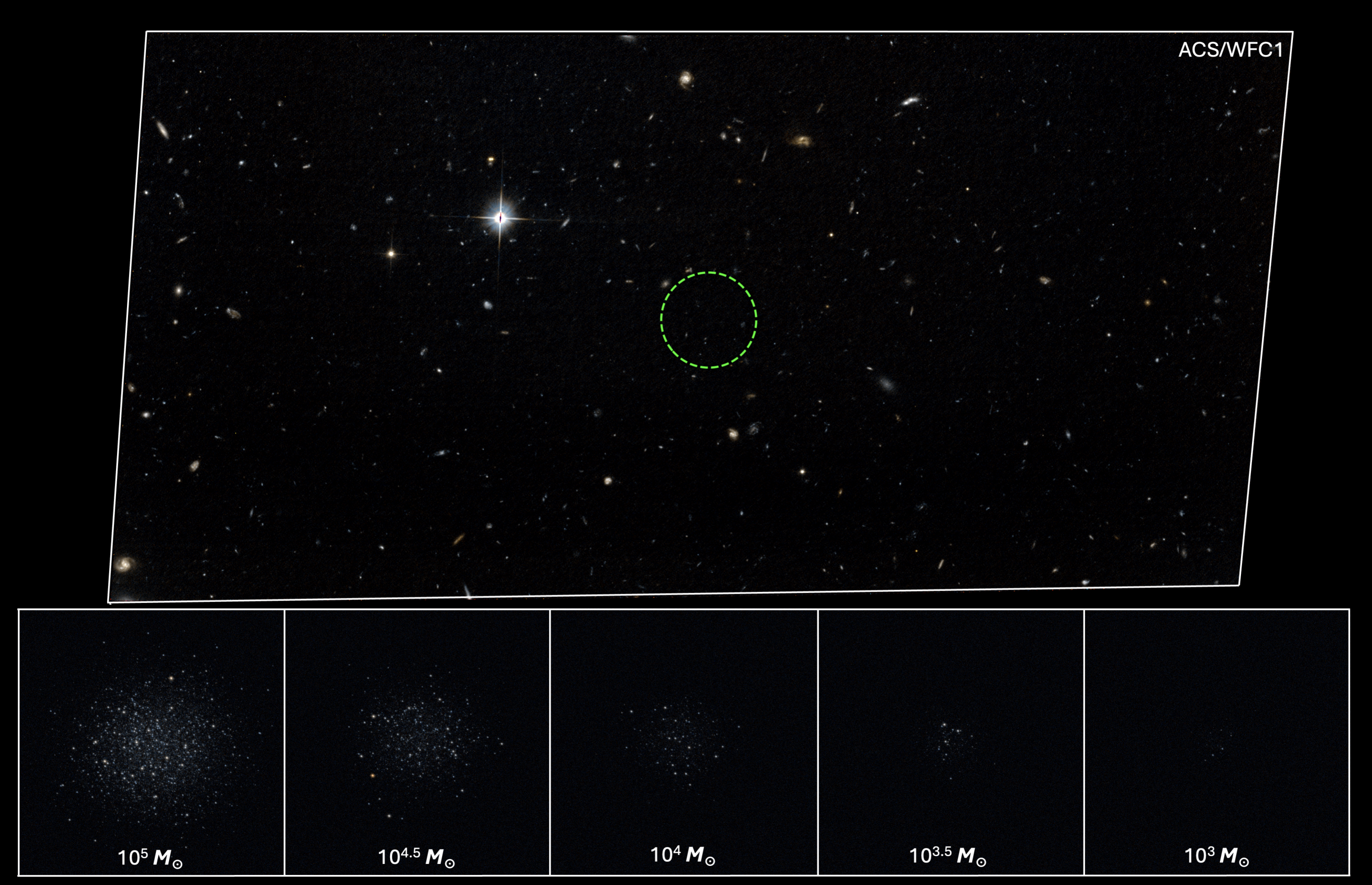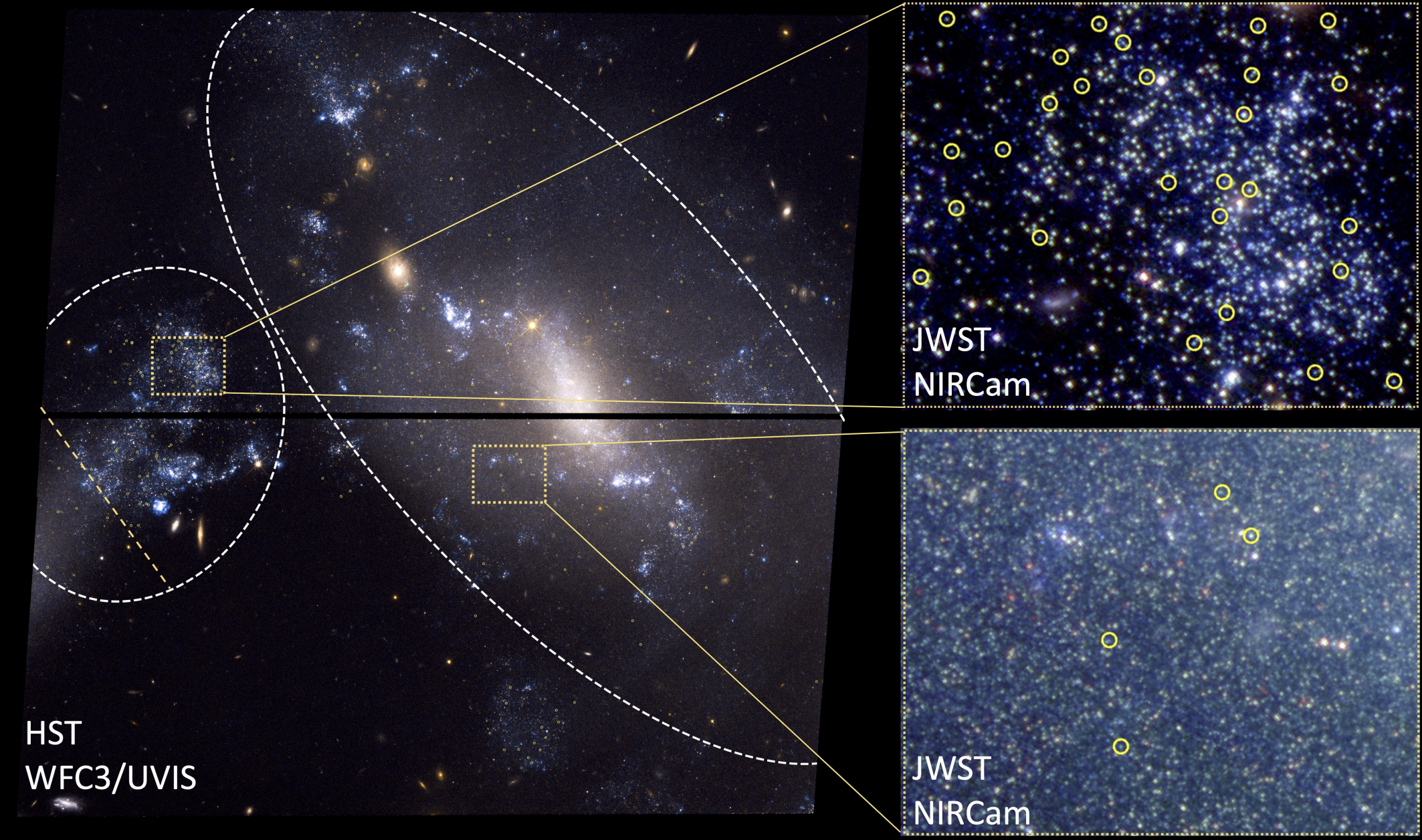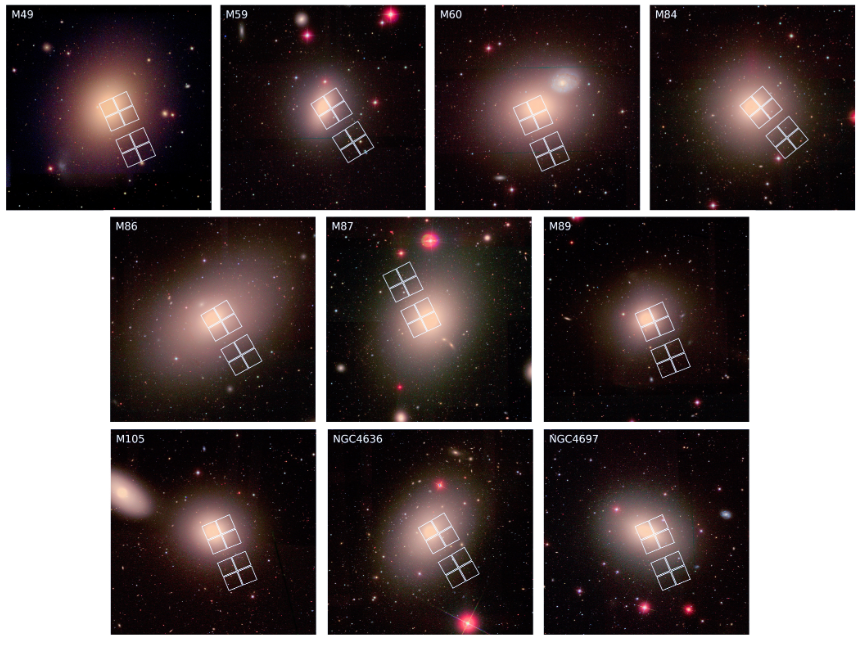
A fundamental prediction of the ΛCDM model is the existence of starless dark matter halos on sub-galactic mass scales. Here we present HST/ACS observations of a Cloud-9, a gas cloud around the nearby galaxy Messier 94 with characteristics that suggested it may be one of these relic objects. We confirm that there are no stars associated with Cloud-9, making it the first known system lying at the predicted boundary between failed and succesful galaxies, while also constraining the present-day threshold halo mass for galaxy formation.





